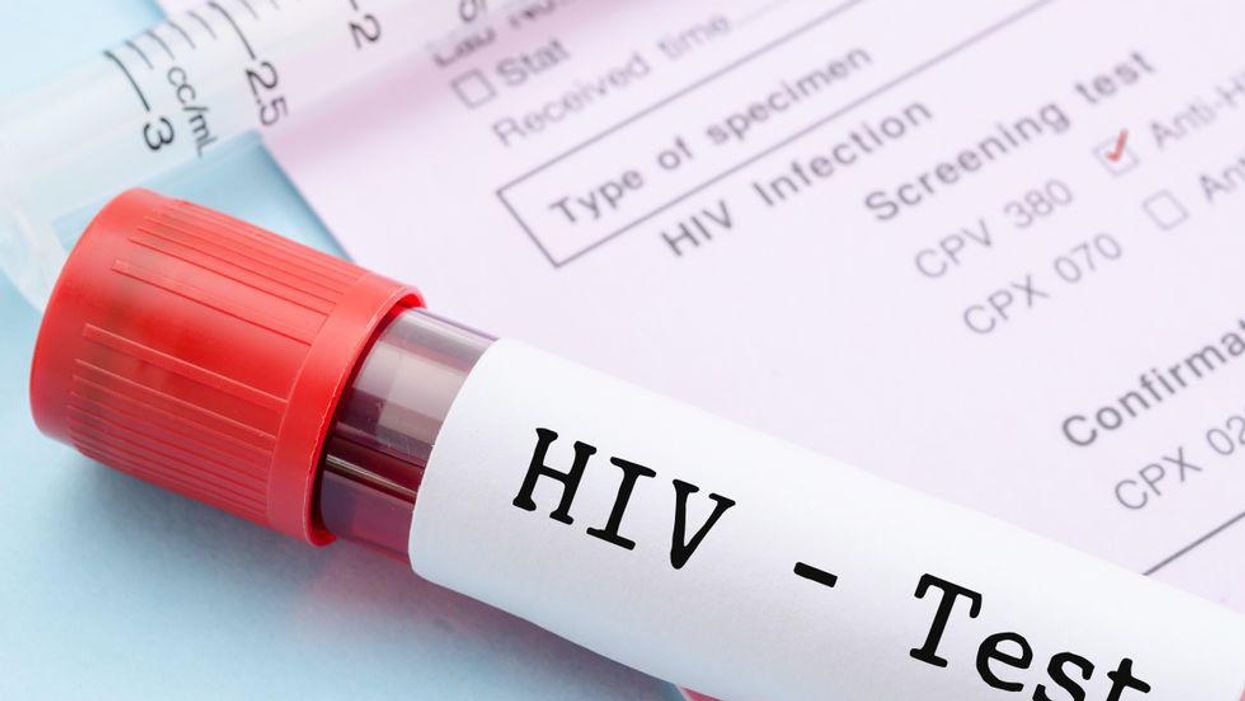HIV (Human Immunodeficiency Virus) continues to be a global health concern, with certain populations facing a higher risk than others. Among these populations, gay and bisexual men have historically shown an increased susceptibility to HIV transmission. In this article, we delve into the reasons behind this elevated risk, the contributing factors, and the importance of awareness and education.
The Statistics
According to the Centers for Disease Control and Prevention (CDC), gay and bisexual men make up a significant proportion of new HIV diagnoses in the United States. Despite representing only a small fraction of the population, they accounted for approximately two-thirds of new diagnoses in recent years. This alarming trend calls for a deeper understanding of the factors that contribute to this heightened vulnerability.

Factors Contributing to Increased Risk
High Prevalence within the Community: One key factor behind the increased risk of HIV among gay men is the higher prevalence of the virus within the gay community. This means that engaging in sexual activities within this community automatically raises the likelihood of encountering someone who is HIV-positive.
Unprotected Sexual Practices: Unprotected anal sex carries a higher risk of HIV transmission than other sexual activities. Unfortunately, this type of intercourse is more common within the gay community, further increasing the risk of transmission.
Stigma and Discrimination: Societal stigma and discrimination against LGBTQ+ individuals can lead to mental health challenges such as depression, anxiety, and low self-esteem. These factors can contribute to risky behaviours, including unprotected sex and substance abuse, which in turn increase the risk of HIV transmission.
Limited Access to Healthcare: Disparities in healthcare access can be a barrier for gay men to access regular HIV testing, preventive measures like PrEP (Pre-Exposure Prophylaxis), and antiretroviral treatment. Limited access to these crucial resources can elevate the risk of HIV transmission.
Substance Use: Substance abuse, particularly the use of drugs during sexual encounters, can impair judgment and lead to risky sexual behaviours. This is a significant concern within some segments of the gay community.
At Texas Specialty Clinic, we are dedicated to providing comprehensive and compassionate healthcare services tailored to your needs. Take the first step towards a healthier future by reaching out to us at (469) 496-2454.

Importance of Awareness and Education
Addressing the increased risk of HIV among gay men requires a multifaceted approach that prioritizes awareness and education:
Promoting Safe Sex Practices: Raising awareness about the risks associated with unprotected anal sex and advocating for condom use can significantly reduce the risk of HIV transmission.
Regular Testing: Encouraging regular HIV testing is essential for early detection and treatment. This can also help reduce the stigma surrounding HIV and encourage open conversations about sexual health.
Access to PrEP: Educating gay men about the availability and benefits of PrEP, a medication that significantly reduces the risk of HIV transmission, can be a game-changer in preventing new infections.
Combating Stigma: Efforts to combat stigma and discrimination against the LGBTQ+ community can indirectly contribute to reducing risky behaviours and increasing overall well-being.
Community Support: Creating safe spaces within the community where individuals can openly discuss their concerns, share experiences, and access accurate information is crucial for prevention.
The increased risk of HIV transmission among gay men is a complex issue influenced by multiple factors, including community prevalence, sexual practices, stigma, and healthcare access. By fostering a culture of awareness, education, and support, we can work towards reducing new HIV infections and promoting the overall health and well-being of gay and bisexual men. It’s imperative that both healthcare professionals and the broader society play their part in addressing this issue and creating a more inclusive and informed environment for everyone.
